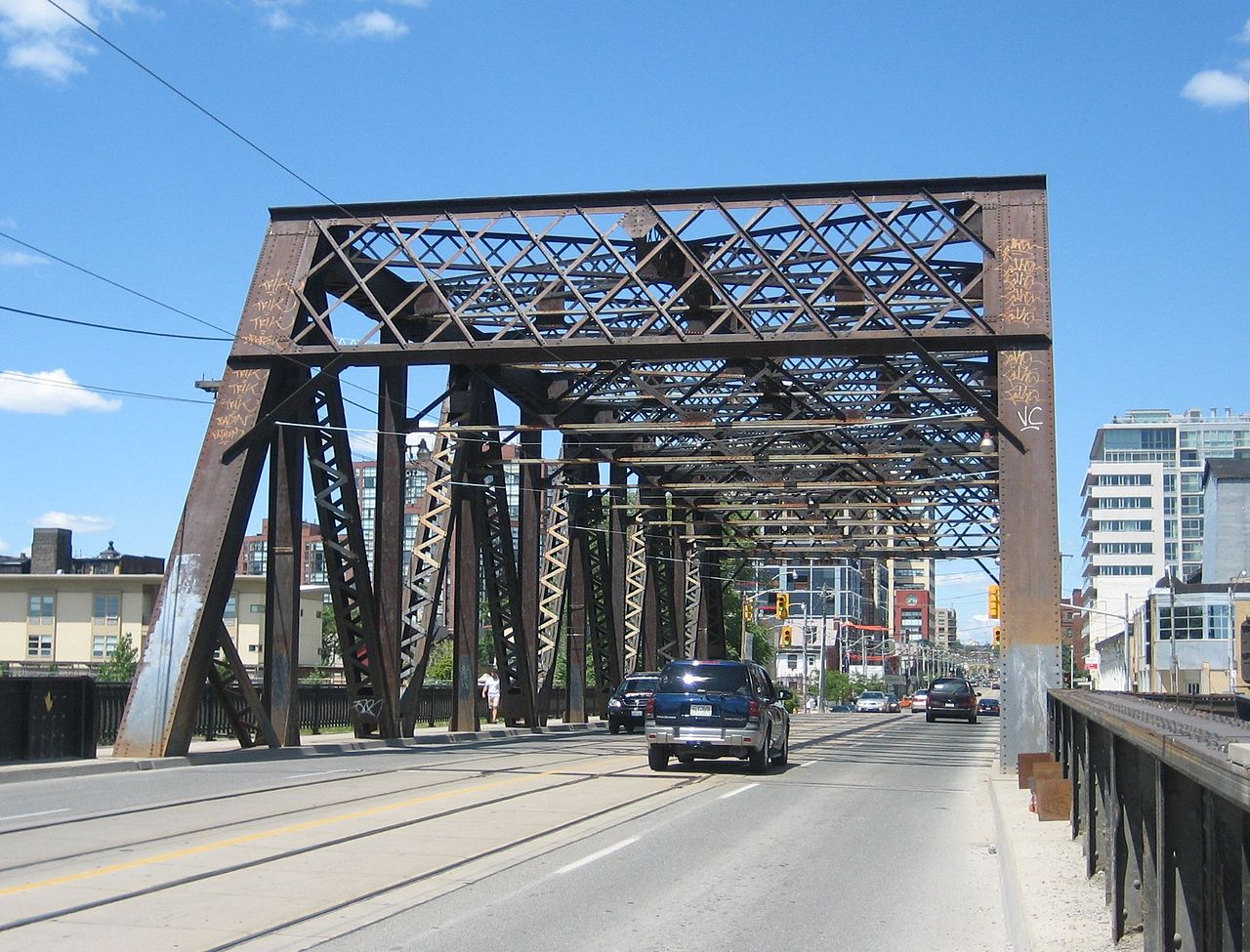Metroscapes
Active Member
They can take their time I don’t care just wish CP would remove the diamond tracks ASAP
that task rests solely with CP
That's CPKC as of today, btw.
They can take their time I don’t care just wish CP would remove the diamond tracks ASAP
that task rests solely with CP
It is easier to inspect ferrous metal structures when they are unpainted. The oxide (rust) coating can actually be a bit of a natural protectant.I wish they made the main diamond bridge metal this same colour as this one instead of “rust brown”. This vintage green-ish colour is much more aesthetically pleasing.
Very cool perspective .
They're making swift work of it. I'll try and get some pictures if I have time.Removing the diamond and reducing noise to the neighbourhood is a priority, but that task rests solely with CP and there is nothing that ML or the contractor can do to move that along.
One would hope that ML expedites the rest of the work on the flyover and removal of the “old” trackage - so that the trail and public realm improvements happen quickly and the neighbourhood gets some return on its patience with the project.
As for finishing the flyover as a railway track….. there’s no need for the second track or its end ramps to be dine in a hurry. We are probably two years or more from seeing the tracks doubled at either end. I’m not expecting faster progress, and maybe the labour is better deployed to getting the fourth Kitchener track finished so the existing Railpath is restored quickly.
- Paul
It is often less expensive to go for something like ASTM A588 structural steel that is designed to weather in this fashion than to get another grade of non-weathering structural steel and have it painted (and repainted as needed). Weathering steel has been known to have a safe lifespan of 120+ years, just imagine the number of times you'd have to repaint a painted steel bridge to get that kind of life out of it.It is easier to inspect ferrous metal structures when they are unpainted. The oxide (rust) coating can actually be a bit of a natural protectant.
It is also known as Corten/Cor-Ten and is prefer to bridges or things over water for environment concerns. Also for things that are hard to repaint over time as well looks.It is often less expensive to go for something like ASTM A588 structural steel that is designed to weather in this fashion than to get another grade of non-weathering structural steel and have it painted (and repainted as needed). Weathering steel has been known to have a safe lifespan of 120+ years, just imagine the number of times you'd have to repaint a painted steel bridge to get that kind of life out of it.
The bridge's location can also have something to do with how a structure is built, in terms of materials and techniques.It is often less expensive to go for something like ASTM A588 structural steel that is designed to weather in this fashion than to get another grade of non-weathering structural steel and have it painted (and repainted as needed). Weathering steel has been known to have a safe lifespan of 120+ years, just imagine the number of times you'd have to repaint a painted steel bridge to get that kind of life out of it.
Question: why didn't they just continue the concrete beam over the cp corridor or wallace?It is also known as Corten/Cor-Ten and is prefer to bridges or things over water for environment concerns. Also for things that are hard to repaint over time as well looks.
It is also more expensive than G50 steel until you add in painting the G50 steel over its life cycle.
Down side to Corten/A588, it leaves rust stains where they are in contact with concrete.
As note, hard to see structural issues that have paint on them or a number of coats compare to no painted items. Have to more inspection with painted items as well time that is costly in the long run.
The steel truss bridge was built in 1903 and used for the Great Western Railway over the Humber River (northside of then Lakeshore Road at mouth of the river). It was dis-assembled and re-located in 1916 to Bathurst Street and converted for road traffic.

In 1931, the bridge was moved and re-aligned (Bathurst Street was at an angle south of Front Street) to support streetcar service south of the railway tracks at that location. A new bridge south of the bridge was constructed to connect the south end of the bridge, connecting Bathurst to Fleet Street. Fort York lost its road access in the change, and a footbridge to the east entrance was constructed.



Because the strength of the girder comes from the sides, rather than the bottom, allowing it to be thinner under the tracks than the concrete beam. So the tracks over the CP crossing can be lower, and by extension the entire viaduct can be shorter.Question: why didn't they just continue the concrete beam over the cp corridor or wallace?
oh i see. thanksBecause the strength of the girder comes from the sides, rather than the bottom, allowing it to be thinner under the tracks than the concrete beam. So the tracks over the CP crossing can be lower, and by extension the entire viaduct can be shorter.
View attachment 467771
This section had a big curve added when they grade-separated St. Clair.
looks like they moved the track from one side of the building structure to the other.